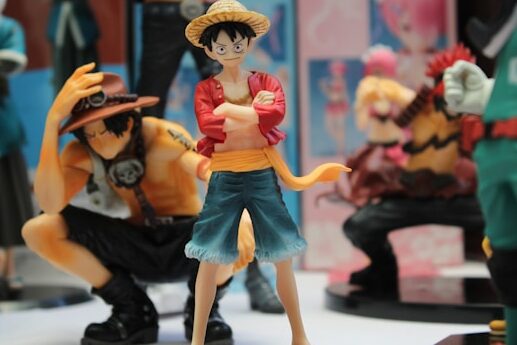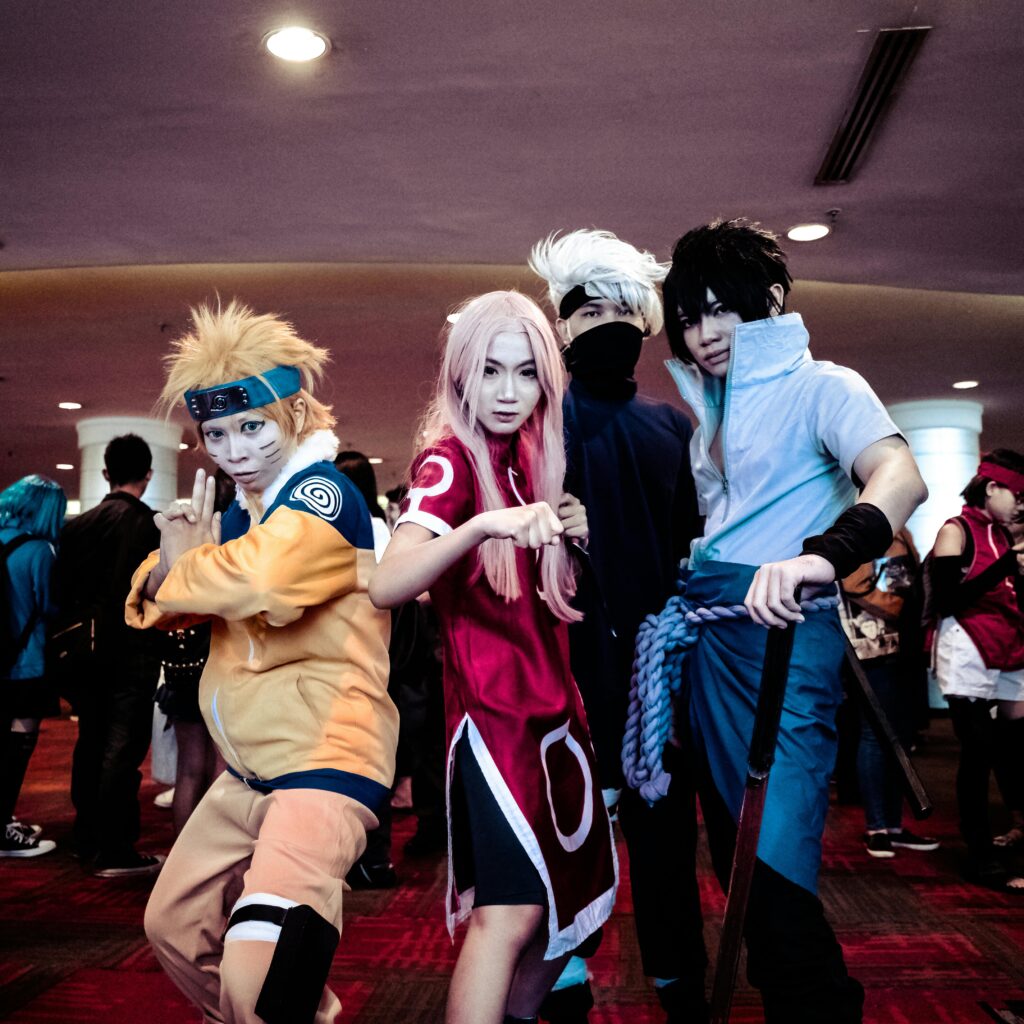Known for its unique art style, anime is Japanese produced and animated film. Shows such as Dragon Ball Z, Sailor Moon, and Naruto emerged in the States for its addictive plot and action scenes. Even with a cultural barrier, anime managed to become a universally loved genre.
Keep reading to learn about how anime caters to non-Japanese people.
Dubbing anime
Anime is voiced in Japanese. To any foreign watchers, they would have to read subtitles to understand the show. To accommodate those overseas, production companies have dubbed shows in different languages. These languages are typically English, Spanish, and French. Some anime watchers enjoy watching shows in their native language as it adds depth to characters and plot.
Dubbing anime first took place in the early 2000’s. Licensing company 4Kids Entertainment helped to translate popular shows such as Pokémon and One Piece. When adapting these shows for wider audiences, either a part of the script or drawing would have to be removed or changed altogether. This was so it could fit certain network guidelines in order to be aired. To Japanese companies, this was met with little to no complaining because they wanted their show to be aired internationally. Even so, some censorship would take the place of Americanization, ignoring the cultural aspects of a show.

Changing Culture
This takes the place of changing names, culture, and food within an anime. In Sailor Moon, the heroine’s real name is Usagi Tsukino. Meanwhile, in the first English dub of Sailor Moon, it was changed to Serena Tsukino for easier pronunciation. Glitter Force released in the 2010’s is originally called Smile PreCure! Similar to Sailor Moon, the character’s names were changed. Not only that, but the entire series of Glitter Force was dubbed in English except the last eight episodes which held cultural themes. Even characters eating foods such as rice balls had to be edited because it gave a sense of Japanese culture. The reason for this was to redirect Japanese culture from being taught to American watchers, and to create a sense of familiarity amongst non-Japanese watchers.
Anime has become well loved regardless of the language it’s in. The way characters express their culture doesn’t have to be rewritten. In fact, watching an anime can help to educate viewers on a different country’s customs.
For more informative articles, visit the Ferry Godmother Productions website.

